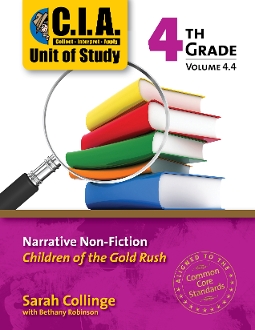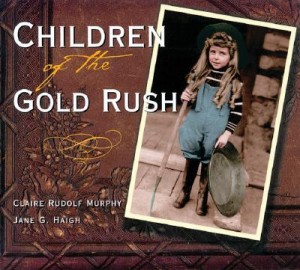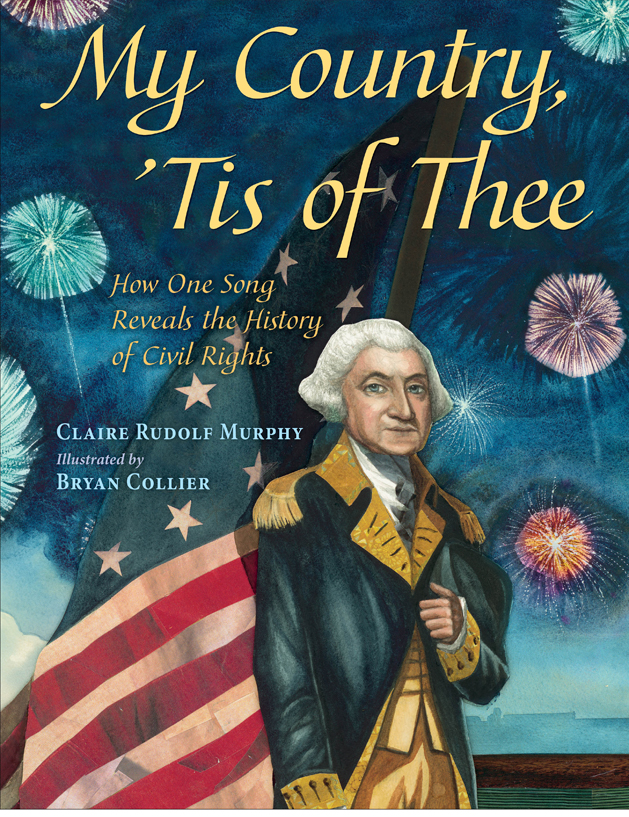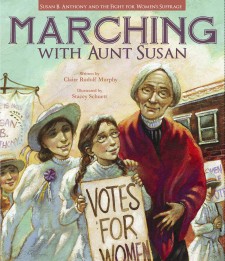
Buy Now: https://alaskabooksandcalendars.com/
Study Guide
CIA Study Guide for 4th Grade from Read Side by Side literature program.
In vintage photos, personal stories, and related historic material, Children of the Gold Rush portrays the lives of the indomitable kids who first came to Alaska and the Yukon Territory. In a land where freezing, dark winters and mosquito-filled summers challenged even the hardiest pioneers, the children had to be as tough as the adults and quick to adapt to new conditions — learning to eat caribou and moose and dressing in fur. Some children left after a few years; others stayed and raised their own children in the frontier.
Awards
Willa Cather Award
American Booksellers Pick of the List
American Library Association Notable Book Nomination
Excerpt from the book
Read about Klondy in this excerpt from chapter IV of Children of the Gold Rush.
Reviews for Children of the Gold Rush
“I consider [Children of the GoldRush] to be suitable fare for anyone with an interest in Northern history. […] Cold, the hard work and the usual lack of schools were significant elements in most children’s lives in the Yukon and Alaska, and often forged the types of personality traits important in later successes. Contrary to modern theories that growing up too quickly can be bad for a child’s development, Murphy and Haigh argue that “Learning to work hard at a very young age may have been their best lesson of all.” With stories in the book ranging from sad and introspective to comical, “Children of the Gold Rush” will make a worthwhile addition to the library of anyone who wants a more rounded perspective on the development of the Northern frontier.”
–Murray W. Lundberg (Carcross, Yukon, Canada)
This excellent, well-researched book offers a rare peek into a fascinating culture, history, and people, in portraits of eight intrepid children and their families during the Alaskan/Yukon Territory gold rush. Murphy and Haigh give voices to children who tell of dangerous journeys to Alaskan mining camps, the brutal, cold winters, building small towns in rough terrain, and the disintegration of many families due to gold fever. The children adapted to a whole new way of life, prospected, entertained miners, and felt the effects of sudden fortune or bleak poverty. Fascinating sidebars address other children of the gold rush or other facets of that life, from schooling and the use of sled dogs, to panning for gold. Although the hardships are never glossed over, the design of the book has an antique charm, with photographs, ticket stubs, old handbills, maps, and journal excerpts. (glossary, further reading) (Nonfiction. 8-12)
— Kirkus Associates, LP. Copyright ©1999, All rights reserved.
NOW AVAILABLE! “The CIA Approach” teacher’s guide for Children of the Gold Rush, available to order at readsidebyside.com.

Q& A With Claire
What gave you the idea to write a book about the children of the gold rush?
Jane Haigh and I had already written a book called Gold Rush Women about all the remarkable women who were involved in the northern gold rushes. When we researched that book, we found kids who had lived up there during that exciting period. We wanted to write about how the children found gold, went to school, played, and sometimes worked as hard as their parents.
When we finished writing about the children, we realized that dogs were important, too. So Gold Rush Dogs came into being. Dogs were more popular than any other animal because they protected the gold rushers from thieves, were loyal companions, pulled freight and even kept humans warm during the cold winters. That was a fun book to write.
If you were a child and you had a choice to go off looking for gold with your father or stay at home with your mother, which would you choose?
Boy, that’s a hard one. It depends on what my father was like. Some of them were gone for months, even years, at a time and didn’t care much about their families. If he was a good father, I would have wanted to go. But most of them weren’t very devoted to their family, so I probably would have stayed with my mother and helped earn money to feed the family. Maybe I would have sung for the gold miners or panned for gold during recess at my one-room schoolhouse.
If you were a child in the gold rush, would you rather have traveled by dog sled, boat, or foot into gold rush country?
Definitely by boat up through the North Pacific was the easiest way to go. The other routes you had to hike for weeks over steep mountain passes and then build a raft to float down the Yukon River. All sorts of things could go wrong. People wanting to get to the Nome gold rush from Seattle could take an ocean-going vessel all the way.
Who would you have taken with you to go looking for gold?
Somebody very good in the outdoors like my husband Bob or brother Matt, and someone who wouldn’t get wild and spend all the gold we found. Many gold miners didn’t hold onto their riches very long. They spent it all in boomtowns like Dawson, Skagway, Fairbanks, or Nome.
Of all the children in Children of the Gold Rush whom do you admire most?
This is a tough question. I came to love them all so much. I would have to say I admire the native Athabascan children in a special way because their traditional lives changed forever when the gold rushers came, mostly for the worse. Athabascans Helen and Axinia Cherosky had to suffer through their parents’ divorce, an alcoholic stepfather, and prejudice in Fairbanks where they went to school. But they grew up to become wonderful citizens of Alaska. I admire Crystal Snow because as an adult she become a leader in Alaska, only the second woman to serve in the Alaskan legislature and the first postmistress of Juneau. I hope to write a novel soon based on her gold rush adventures.
Where did you get the information for your book Children of the Gold Rush?
Jane and I read all the books we could find about the gold rush, talked to descendants of the gold rushers, and read diaries and articles that the children wrote when they grew up. It was wonderful to uncover their stories and bring them to readers like you.




